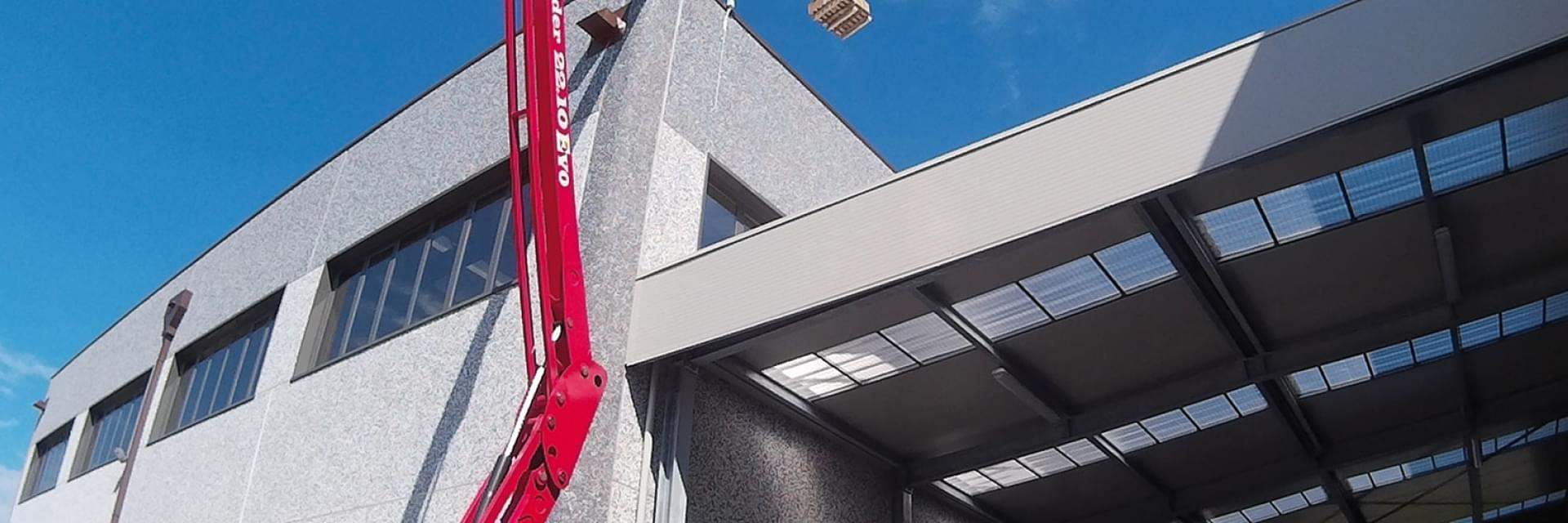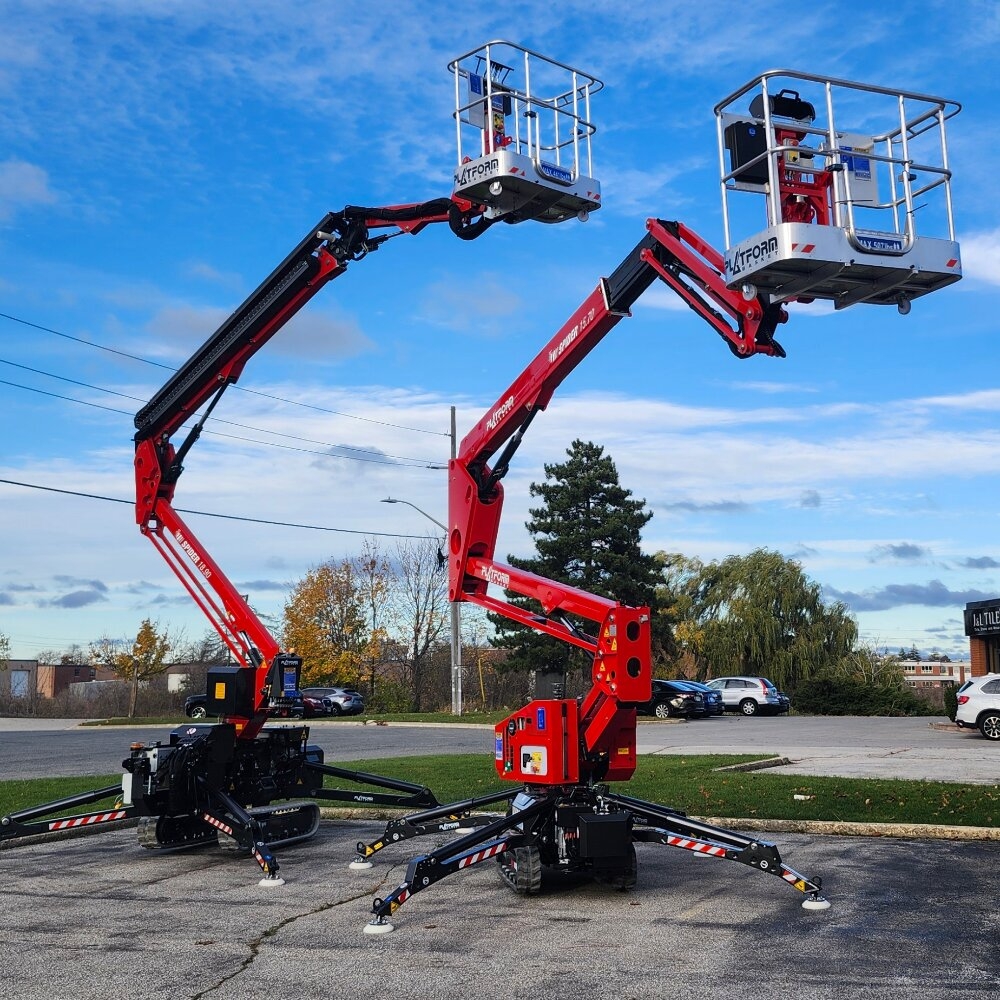
Prevent Common Aerial Lift Accidents Before They Happen
Despite being designed for safety and efficiency, aerial lifts are not immune to the occasional workplace mishap. The good news? These onsite accidents are entirely preventable. By taking critical precautionary measures, you can enhance on-site safety and ensure both your crew and operators stay safe, sound, and productive when working with aerial lifts. After all, there is no better way to get work done at heights – be it arboriculture jobs, property maintenance tasks, or something else entirely.
In this blog, we will provide you with a breakdown of common aerial lift accidents along with tips to avoid them so you can build a secure worksite for everyone.
5 Common Aerial Lift Accidents That Can Be Avoided
1. Instability and tip-overs
If your platform is overloaded, driven when elevated, or forced to work on precarious ground, the chance of tip-overs increases significantly. Thankfully, prevention is easy if you:
- Adhere to your machine’s maximum load capacity and never cross its threshold
- Ideally, work on stable ground and deploy outriggers and stabilizers to ensure your equipment does not lose its balance
- Avoid operating outdoors in severe weather, including rain, high winds, and icy conditions
- Skip driving the unit when it's in an extended state unless the manufacturer permits it
2. Accidental falls from a height
The primary purpose of aerial lifts is, well, to lift you so you can access elevated areas that would otherwise be too difficult to reach. However, carrying out tasks at height is not without its dangers. Workers in the basket run the risk of accidentally tripping if the platform moves too suddenly or if it is not positioned properly. Machines that do not come with fall protection features also pose a great risk. You can prevent falls by:
- Wearing a harness secured to a lanyard to minimize fall impact
- Avoid standing on guardrails or makeshift ladders and stay on the basket floor instead
- Positioning your equipment right so you do not have to lean to access the desired spot
3. Electrocutions
Performing catenary work on a rail boom lift that does not have an insulated basket? The risk of electrocution is very real. Working with live wires is a serious threat unless you take the following precautionary measures:
- Get a lift that comes equipped with insulated baskets
- Use insulated tools and maintain a safe distance from live wires – CSA recommends at least 3m
- De-energize circuits (when possible) to minimize electrocution risk
- Use a spotter to detect proximity to high currents
4. On-the-ground accidents
Though rare, the crew on the ground is at risk of getting pinned between the machine and another object on-site – especially if the machine is being driven at that point. Dire as it may sound, such dangerous situations can be prevented if you:
- Move your platform slowly and deliberately, especially if it is in a narrow spot
- Clearly convey all movement to the ground staff in real-time
- Equip your lift with anti-entrapment gear to ensure ground crew safety
5. Unauthorized operations
Worksite accidents while using elevating platforms can often be attributed to unauthorized operations. Untrained personnel who are not adept at using the lift on your site are a safety hazard for all present staff. To prevent fatalities, ensure you:
- Hire certified operators who have completed CSA B354-compliant training
- Take your operator for demos and manufacturer-prescribed training sessions
- Do not let unauthorized persons access the lift in any shape or form
Conclusion
While maintaining the above precautions is necessary for accident prevention when using aerial lifts, there are a few more things you can do to ensure the safest operation. For instance, practicing daily pre-use inspections and following the manufacturer’s guidelines for lift use ensures safety. You can also establish clear exclusion zones and train your staff to follow safety guidelines. That said, you must invest in machinery that safeguards your crew – just as Platform Basket Canada’s models do. Contact us to get platforms that are built with operator safety in mind.



